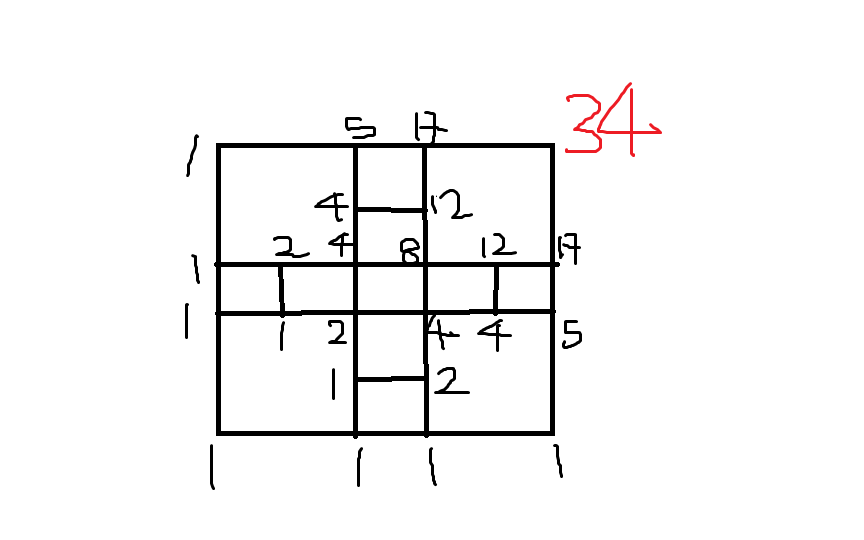Walking Down The Tethered Grid

If you can only travel from left to right and from bottom to up, how many paths are there to go from to if you can't go by the red crosses?
The answer is 34.
This section requires Javascript.
You are seeing this because something didn't load right. We suggest you, (a) try
refreshing the page, (b) enabling javascript if it is disabled on your browser and,
finally, (c)
loading the
non-javascript version of this page
. We're sorry about the hassle.
